Concealed carry isn't about owning a weapon; it's about safely, responsibly, and effectively carrying one every day. People dedicate hours selecting the proper handgun, yet the holster is an afterthought. That's a mistake. The holster is the connection between you, your gun, and everything else. Choosing the right one affects safety, concealment, comfort, and your confidence in responding when seconds matter. If you've ever wondered Why Right Holster Matters, this is a manual to guide you in your choice.
Why Holster Selection is Essential?
The major tasks of a holster are simple but important: protect the trigger, secure the gun in position, and permit a smooth, repeatable draw. These three functions look easy enough, but small differences in fit or design can be the line between safe daily carry and a fatal failure. A holster that doesn't cover the trigger completely, or that allows the gun to rotate, or that gets in the way of drawing, defeats the purpose of concealed carry, i.e., protection and responsible readiness.
Safety First: Trigger Protection and Retention
Trigger protection is non-negotiable. The holster must entirely enclose the trigger guard and keep foreign substances (keys, buttons, clothing) from access to the trigger. Most negligent discharges occur with handling, not storage, and a good-fitting holster is the simplest line of defense.
Retention is married to safety. An adjustable retention holster gives you the option of determining how tightly the gun stays in the holster. Loosen it too much and the gun will shift or fall out; tighten it too much and your draw is a clumsy crawl. Look for holsters that have proven retention schemes, mechanical stops, tension screws, or fit-specific designs and experiment with them in normal movement: walking, sitting, bending, and driving.
Speed and Consistency in Stressful Situations
A holster is worthless if you cannot draw a full firing grip on the gun quickly and reliably. When under extreme stress, the body defaults to habits acquired. That is the reason why holster selection should be based on a smooth, repeatable draw cycle that allows you to place the gun into place without having to modify your grip. Practice dry draws with the unloaded or training pistol until the movement is second nature — that movement must be made possible by the geometry of the holster rather than requiring you to compensate.
Concealment: Being Out of Sight, Staying Legal
Concealment is not a matter of hiding the gun; it's a matter of consistently doing so in attire that you actually wear. A holster that pushes the gun off your body or is too high will "print a silhouette" ("printing"), which defeats the concept of concealed carry and will draw attention to you. An ideal holster keeps the firearm snugly against your body and has ride height and cant (angle) options to adapt how the gun wears against clothing.
Tip: Try the holster with the shirts, pants, and jackets you wear most often, not the outfit you tried it with at the shop.
Comfort Fosters Habit
Comfort is a functional concern with moral implications. If a holster is uncomfortable — biting into your hip, irritating your skin, or shifting around incessantly — you're less likely to carry every day. The best holsters share the pressure, withstand sharp edges, and ride smoothly through hours of use. Materials matter: Kydex (hard plastic) holds its shape and permits smooth draws; leather molds to body shape and can be very comfortable; hybrids try to combine the best of both. Try several designs and wear them through actual use (driving, walking, sitting) before making a decision.
Various Holster Types Available and How They Fit Different Lifestyles.
There is no single holster for everyone. Your profession, wardrobe, figure, and individual activities determine the right fit.
- Inside-the-Waistband (IWB): Excellent concealment; gun rests on the body. Best for those requiring the highest level of discretion but may have to dress somewhat less formally.
- Outside-the-Waistband (OWB): Easy to draw; more accessible but harder to conceal without an overlayer.
- Appendix (AIWB): Fast draw and excellent concealment for most individuals, but it requires a top-notch trigger-guarding holster and individual fit test for comfort.
- Shoulder holsters: Good for long-term wear and driving, but need an overlayer for concealment, common in business or cold weather situations.
- Pocket and ankle holsters: Excellent for very small guns or backup carry; pocket holsters reduce printing and protect the trigger, and ankle carry is best for backup concealment.
Pick one that fits how you dress and move, not just what looks nice in a store.
How to choose a holster?
As you make your purchase, keep in mind a handy checklist.
- Model-specific fit: The holster must be made for your gun model and configuration (light, laser, threaded barrel, etc.).
- Full trigger coverage: No bare trigger edges.
- Secure retention: Adjustable tension or positive mechanical retention.
- Comfortable ride: Test for hours with mock real-world activities.
- Proper cant and ride height: Adjustable features balance concealment with access.
- Sturdy attachment: Clips, loops, or mounts that won't move; complement a good gun belt.
- Rugged build: Substantial materials and sound stitching or molded seams.
Why is the right holster important?
If you're wondering Why Right holsters matter, the answer is simple: a right holster makes concealed carry safe, practical, and sustainable. The right holster guards the trigger, securely holds the firearm, enables consistent draw, and keeps you comfortable enough to carry daily. A holster converts ownership into ready responsibility. Take the time to choose wisely, as per your daily needs, and practice regularly. That combination is the foundation of safe and effective concealed carry.
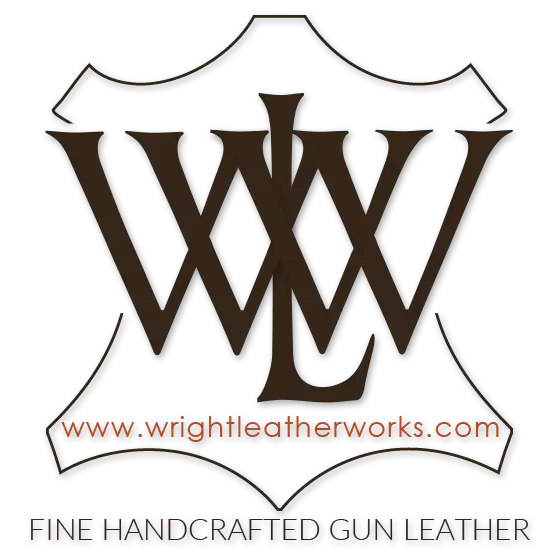
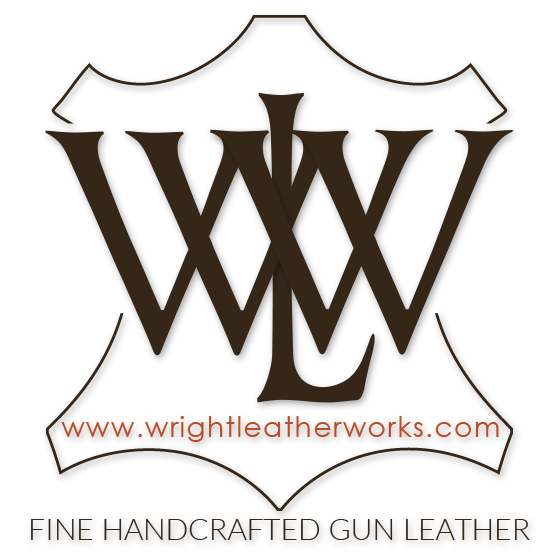
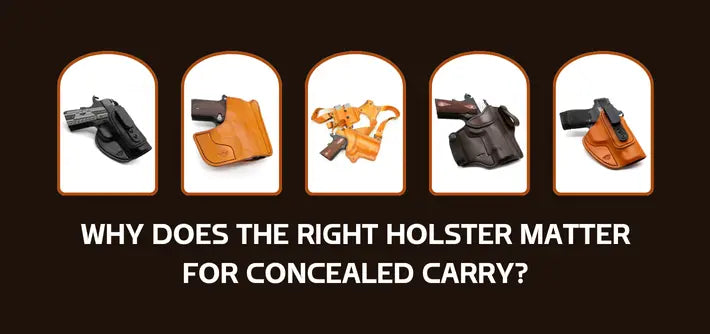
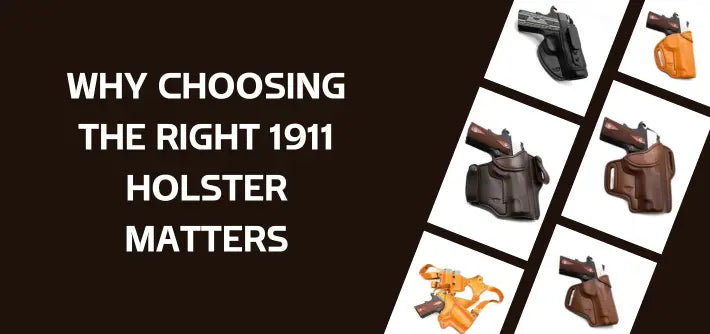

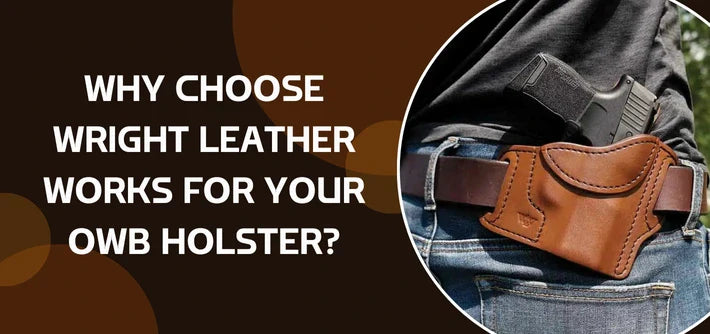
Leave a comment (all fields required)